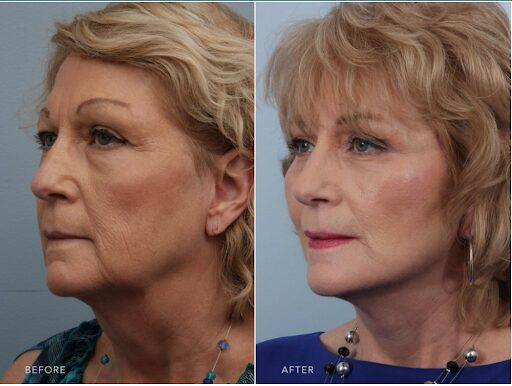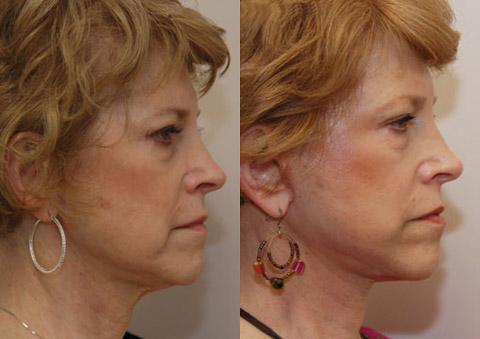
Do you suffer from empty nasal syndrome? You may be suffering from empty-nose syndrome. Learn more about the symptoms and their causes as well as possible treatments. Also, find out what causes it and how you can prevent it. It is never too late to get help. The following are symptoms of empty nostril syndrome:
Symptoms
Empty Nose Syndrome refers to a lack of airflow and resistance within the nose. This condition can affect the nasal mucosa which allows natural nasal breath. It can also impact the respiratory system and general well-being. The cause of empty nose syndrome is unknown. However, doctors can treat it by treating the underlying condition.
Nonsurgical treatment is focused on maintaining the mucosa of your nose and keeping it clear of irritation. Surgical treatment addresses the problem of nasal airflow. Modern implant technology allows for the reconstruction of missing turbinates. Surgical interventions often require a series of surgeries, and are reserved for more severe cases. If a nonsurgical treatment fails, the patient may need a revision. If the condition is persistent, doctors might perform surgery to improve airflow.

Causes
The condition of an empty nose is very unpleasant. This condition causes patients to feel bloated and their noses are wide open. Although doctors insist on a wide open nose, this is not always the case. Dryness of the nose and lower turbinates can cause dryness. These are all possible causes for empty nose syndrome. This condition is not considered a disease but can cause other health issues, such as depression and decreased social interaction.
This condition can be treated with surgery. The most common cause is an over-resection of the turbinates, structures of the nose that control temperature and humidity. They filter air into the lungs. In order to improve nasal airflow and treat allergic reactions, doctors performed radical Turbinate Resection many years ago. But, it can also cause empty nose syndrome.
Treatment options
Empty nose syndrome is a condition that causes a person to feel as though there is no air in their noses. This can be very distressing and interfere with your daily activities. New research suggests that this disorder may be caused by changes in temperature and pressure. Doctors don't know why. If you are experiencing symptoms of this disorder, it's important that your doctor sees you as soon as possible.
There are many options for treating empty nose syndrome. The most popular are nasal airflow correction and turbinate surgery. Both septoplasty or turbinate removal can be performed to correct the deviated septum. These treatments may also help with sleep apnea and improve breathing ability. You have several options to treat empty nose syndrome. These include laser therapy or cryosurgery. Although surgery is the most effective treatment for ENS symptoms it can also prove to be quite invasive.

Prevention
There are many treatments for ENS. It all depends on the severity. Various topical therapies are available, many of which attempt to moisturize the nose. Many of these therapies are toxic and do not provide any benefit. The repeated saline irrigation of the nose can actually wash away host defense peptides, which regulate the commensal bacteria that live in the nose. This can affect the nose's ability to protect the mucosa against harmful bacteria.
The first step to treating Empty nose syndrome is a thorough diagnosis. Surgical treatment is often necessary, and the underlying problem may be addressed through a combination of methods. A change in diet should focus on liquids and hot foods to reduce nasal inflammation and relieve symptoms. You may also need to take medications. In some cases, a change in cervical spine stability is necessary to treat the condition. Treatment for Empty nose syndrome may not work long-term if it isn't addressed.